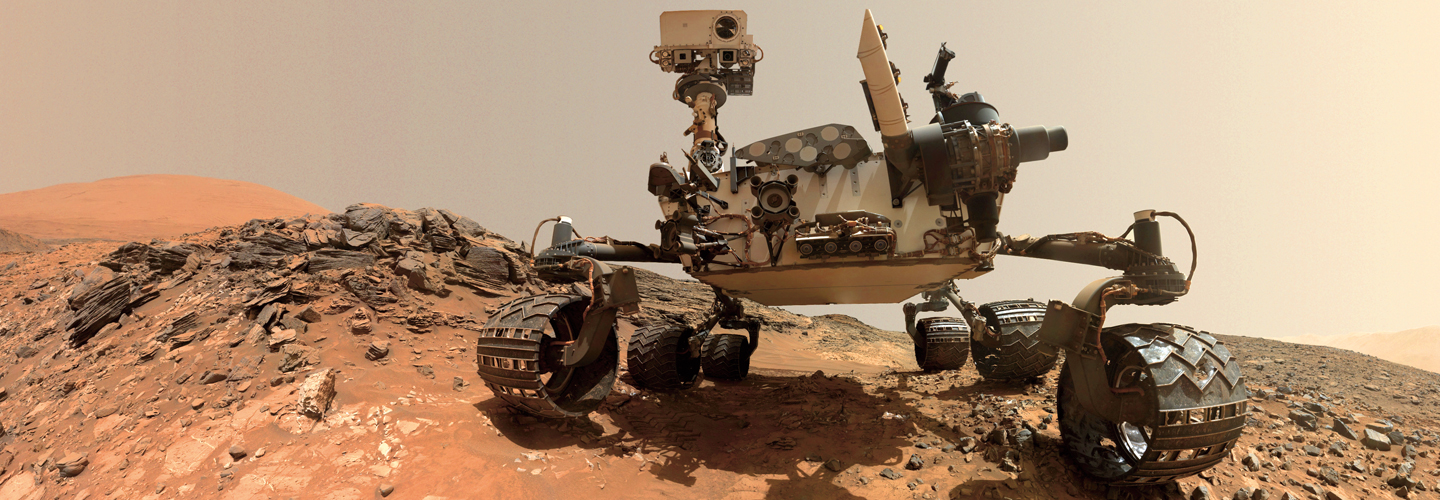Humans have never set foot on the planet Mars. But that could change in your lifetime.
Scientists have been exploring Mars since the 1960s, when the Mariner 4 spacecraft flew by the planet and took pictures. Since then, 20 successful missions involving satellites, probes, and rovers have been executed. More are under way.
Humans have never set foot on the planet Mars. But that could change in your lifetime.
Scientists have been exploring Mars since the 1960s, when the Mariner 4 spacecraft flew by the planet and took pictures. Since then, 20 successful missions involving satellites, probes, and rovers have been executed. More are under way.

